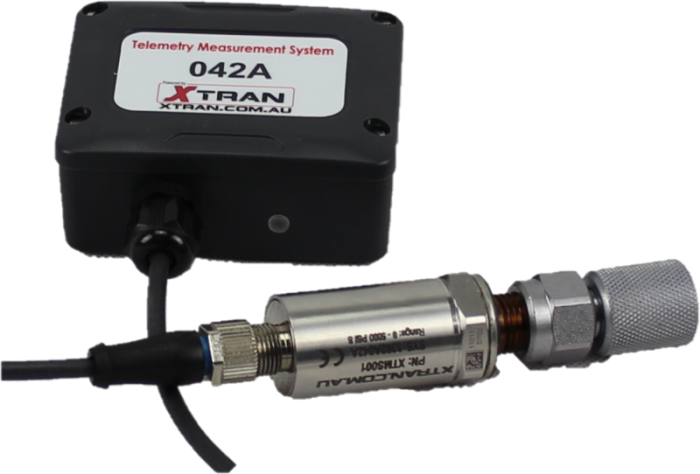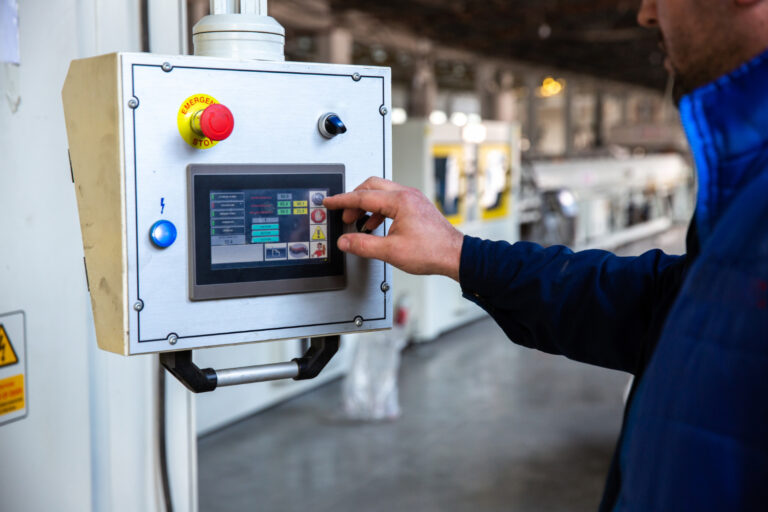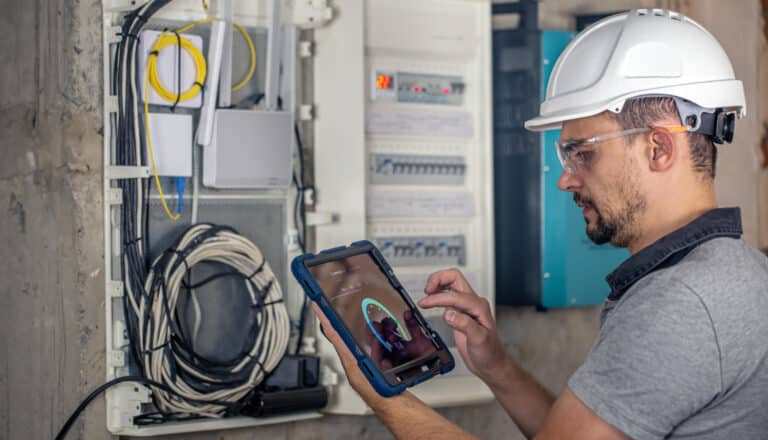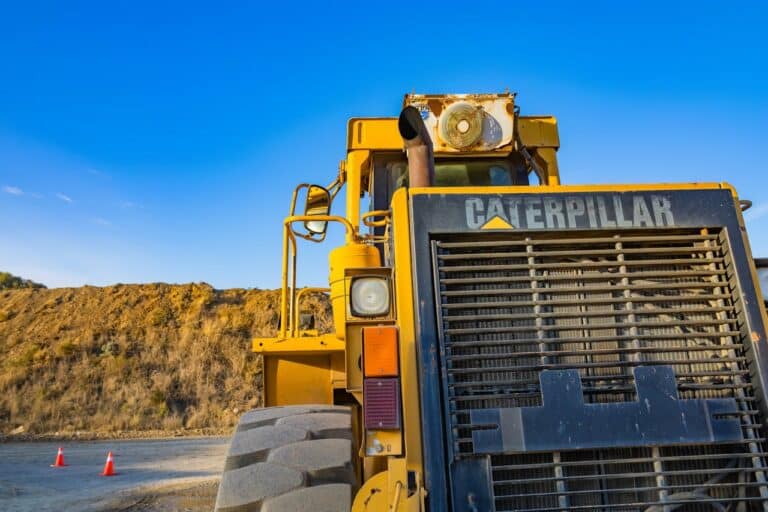Monday - Thursday 9AM - 5PM | Friday 9AM - 4PM
Understanding the Global Demand for Air Pressure Sensors

Air pressure sensors have become indispensable in a wide range of industries, from mining and construction to agriculture and industrial manufacturing. These versatile devices play a critical role in ensuring safety, efficiency, and precision in numerous applications. But what has driven the surge in demand for air pressure sensors in recent years? In this article, we delve into the reasons behind their growing popularity and explore the innovative uses that make them essential in today’s world.
The Basics of Air Pressure Sensors
Air pressure sensors, also known as pressure transducers, measure the force exerted by air or gas on a given surface. They convert this force into an electrical signal that can be monitored, analysed, or used to trigger other systems. Their accuracy, reliability, and compact design have made them a cornerstone in modern technology.
Key Factors Driving Demand
1. Applications in Mining
The mining industry heavily relies on air pressure sensors for operational safety and efficiency. These sensors are used in:
- Ventilation Systems: Monitoring air pressure to ensure proper airflow in underground mines, reducing the risk of hazardous gas build-up.
- Equipment Maintenance: Detecting pressure anomalies in hydraulic and pneumatic systems, preventing equipment failures.
- Explosives Management: Ensuring precise pressure levels during blasting operations for controlled explosions.
By enhancing safety and reducing downtime, air pressure sensors have become indispensable in modern mining operations.
2. Essential Role in Construction
In the construction industry, air pressure sensors contribute to the operation and maintenance of heavy machinery and site safety. Common applications include:
- Pneumatic Tools: Ensuring consistent air pressure for tools like jackhammers and nail guns.
- Crane and Lift Systems: Monitoring hydraulic and pneumatic pressures for safe operation.
- Structural Monitoring: Measuring pressure changes to detect stress or strain in temporary structures like scaffolding.
With the rise of smart construction techniques, these sensors are also being integrated into IoT-enabled systems for real-time monitoring.
3. Agricultural Advancements
Air pressure sensors are transforming the agricultural sector by enabling precision farming techniques. Their applications include:
- Irrigation Systems: Monitoring water pressure to optimise irrigation and conserve resources.
- Machinery Operation: Ensuring proper functioning of tractors and harvesters by regulating hydraulic and pneumatic systems.
- Greenhouse Automation: Controlling air pressure to maintain optimal growing conditions for crops.
As agriculture increasingly adopts automated and data-driven approaches, the demand for reliable air pressure sensors continues to grow.
4. Industrial Automation and Manufacturing
Industrial manufacturing has seen rapid growth, and air pressure sensors play a vital role in this evolution. They are widely used in:
- Process Control: Monitoring and regulating air and gas pressures in manufacturing processes.
- Pneumatic Systems: Ensuring consistent pressure in machinery powered by compressed air.
- Safety Systems: Detecting pressure anomalies to prevent equipment failure or hazardous situations.
As industries adopt smart manufacturing practices, the demand for pressure sensors with enhanced connectivity and data integration capabilities has risen significantly.
Innovations in Air Pressure Sensor Technology
The demand for air pressure sensors is further bolstered by advancements in sensor technology. Modern sensors offer features such as:
- Miniaturisation: Enabling integration into compact devices.
- Wireless Connectivity: Supporting IoT applications with real-time data transmission.
- Increased Accuracy: Providing highly precise readings even in extreme conditions.
- Durability: Offering robust performance in harsh environments, such as high temperatures or corrosive atmospheres.
These innovations make air pressure sensors more versatile, expanding their use cases across industries.
Future Outlook
The demand for air pressure sensors is expected to continue growing as industries embrace digitalisation and automation. Key trends shaping the future include:
- Adoption of IoT: Integration with IoT platforms for enhanced monitoring and predictive maintenance.
- Sustainability Initiatives: Increasing use in green technologies and renewable energy systems.
- Industry-Specific Growth: Continued reliance in mining, construction, agriculture, and industrial sectors for critical operations.
With their proven utility and evolving capabilities, air pressure sensors will remain a cornerstone of technological advancement.
Conclusion
Air pressure sensors have become an essential component in modern technology, driving innovation and efficiency across a multitude of sectors. From enhancing safety in mining and construction to enabling precision in agriculture and industrial manufacturing, their applications are vast and varied. As industries continue to evolve, the demand for air pressure sensors will only increase, solidifying their place as a key enabler of progress in an increasingly connected and automated world.



